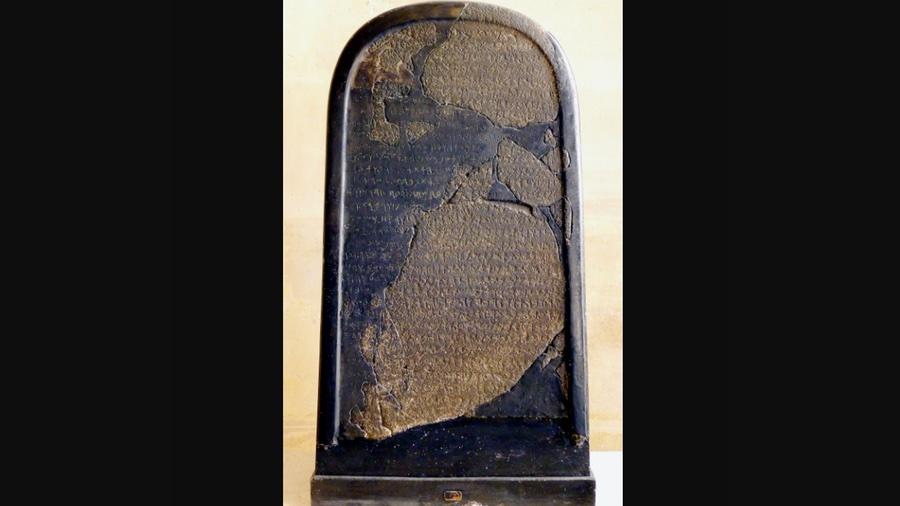A new study of a nearly 3,000-year-old badly damaged stone tablet called the Mesha Stele, or the Moabite Stone, suggests that the biblical King Balak could have existed.
The Mesha Stele is an inscribed tablet that was created around the year 840 B.C. during the reign of King Mesha in the ancient kingdom of Moab, near modern Jordan. The tablet is famous for describing events from the history of Israel that are also described in the Bible, according to Livius.org





